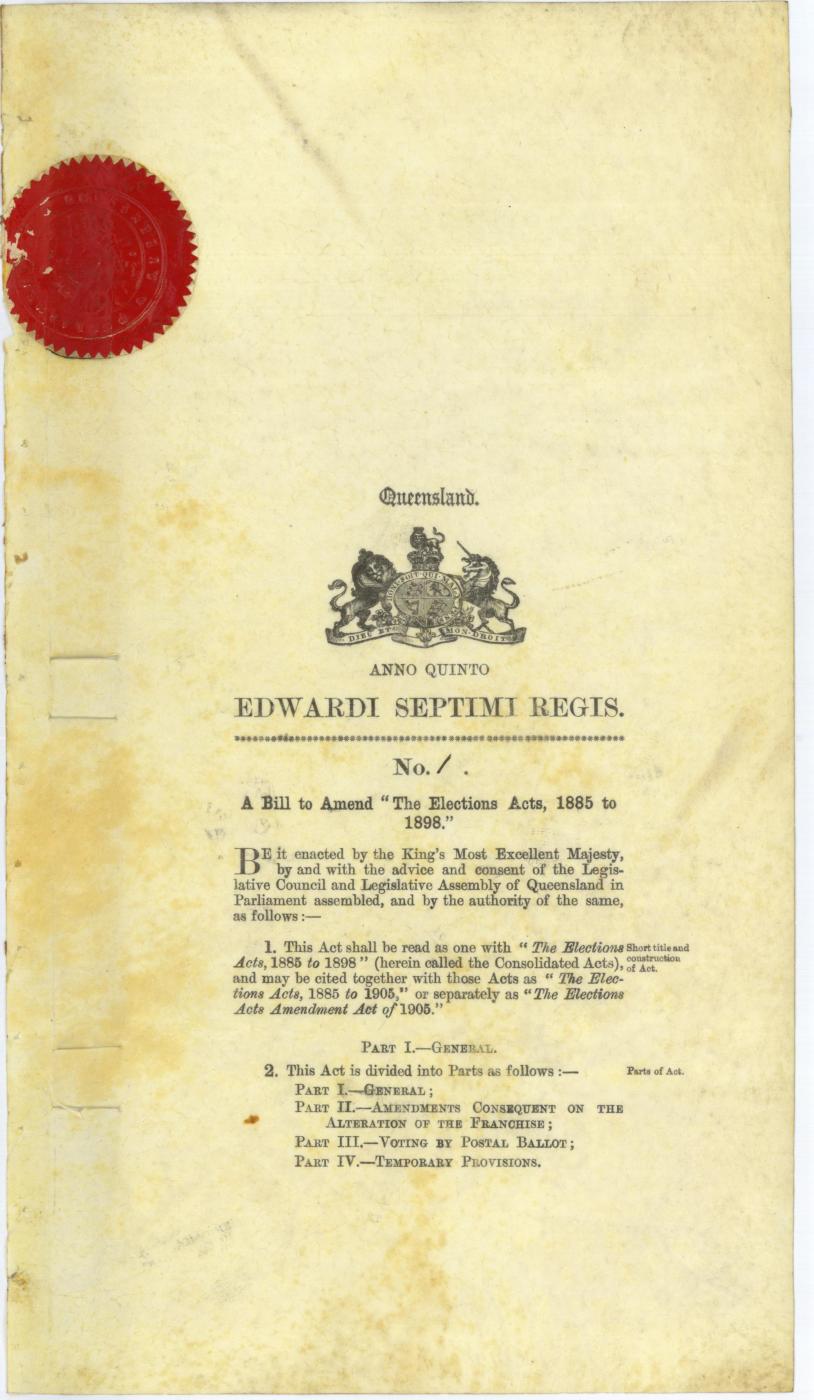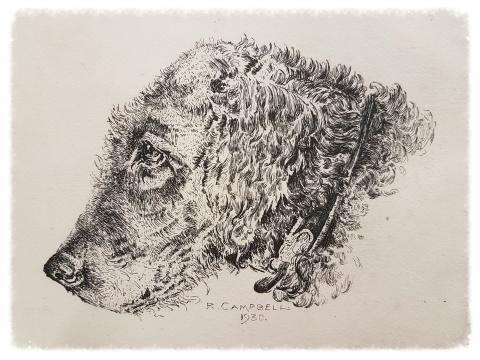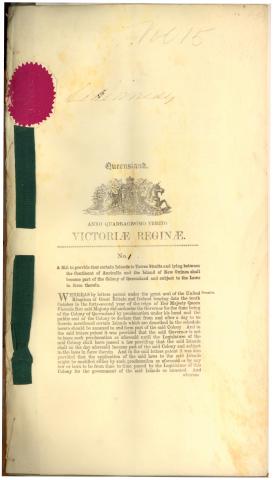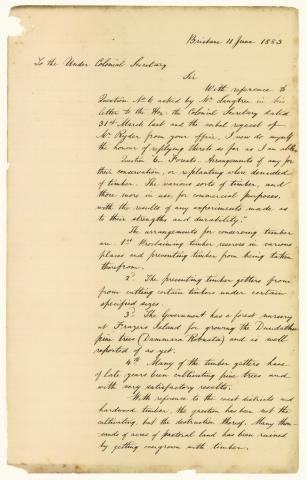
- Background
-
The genesis of the fight to give Queensland women the franchise can perhaps be traced to 1887 when the influential Labor journalist, William Lane, publicised the issue. Lane’s call was taken up by the Labor Party when it formed in 1892, and the following year both Thomas Glassey and Charles Powers introduced separate Bills into parliament which included female suffrage. Condemned by conservative opponents, neither Bill advanced beyond the second reading. Women also played an active role in the campaign after the Queensland Women’s Suffrage League had been formed in 1889, the first of many such groups which petitioned politicians and gained widespread publicity. Yet it was not until 1903 that female suffrage began heading towards reality. In the State elections many prominent opponents of female suffrage were defeated and Labor managed to win 34 seats, a significant increase which allowed the party to form an alliance with the Liberals and share the responsibility of government. Pressure was exerted to place female suffrage on the agenda, and in 1904 Premier Arthur Morgan responded by introducing a Bill to that effect. After passing through the Legislative Assembly, however, the Bill was initially rejected by the Legislative Council and returned to the Lower House where it was again passed during a special ‘franchise’ session of parliament. Aware that the government was in a position to appoint new nominees to the Council who were not only sympathetic to the female franchise but could also move to abolish the Upper House entirely, the Bill was finally accepted with only minimal dissent and became law in 1905.



